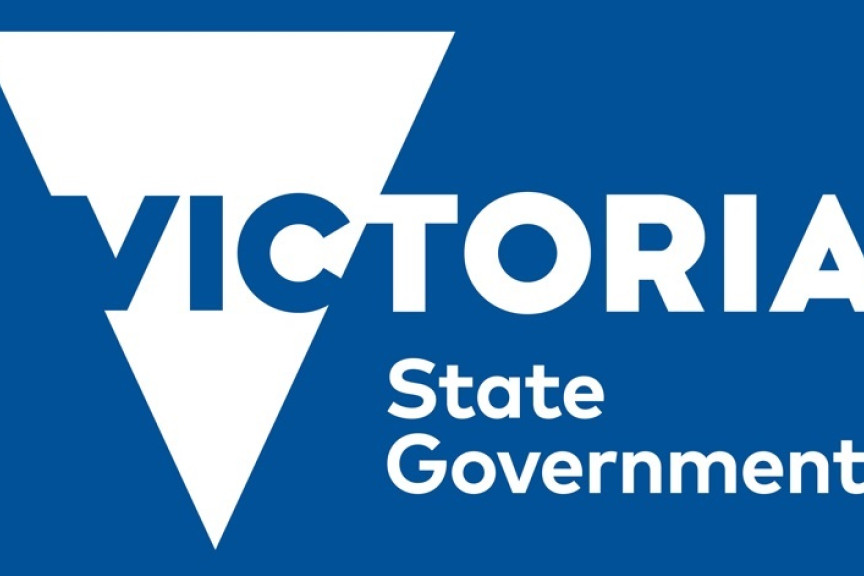General News
27 May, 2025
Local businesses see costs skyrocket as worsening road conditions take toll
The regional road network is continuing to decline while local truck and bus companies are increasingly paying the price in their maintenance bill.

Beyond being a safety concern for drivers, poor road conditions are collectively costing local transport companies tens of thousands of dollars in maintenance.
Potholes, cracking, and rough conditions aren’t just leaving marks on local business’ vehicles but also their bottom line — and it doesn’t seem likely to change soon.
According to Australian Community Media (ACM), the 2025-2026 State Budget papers show a regional road network in decline while the government plan to slash road repair targets.
In 2024-25 the government said it would complete 1,033,000 square-metres of major patching in the regions but only completed 566,000 square-metres.
A note in the budget papers explained why the outcome fell short of the target.
“The 2024-25 expected outcome is lower than the 2024-25 target due to the compilation of smaller patching works to avoid more significant problems, the re-oriented focus on long-lasting treatments, and the increased unit cost of major patching works.”
The budget papers also showed that in 2025-26, major patching in the regions would be cut from over one million square-metres to 70,000.
It’s a disappointing outcome for local business owners who are reliant on the roads but describe their condition as “terrible”.
Maffescioni Bus Lines’ own David Maffescioni said they’re paying double the maintenance costs due to the roads poor condition.
“It’s had a huge impact on our running costs,” he said.
Mr Maffescioni believes that the State Government aren’t focusing on regional areas, and it shows.
“When you cross the border from South Australia into Victoria you don’t need a sign to tell you. The roads tell you,” he said.
Brian Holland from Hollands Bus Lines said the poor road conditions have increased their maintenance bill tens of thousands of dollars.
“You’ve got to keep your vehicle roadworthy but they can’t keep the roads vehicle worthy,” he said.
Phil Holland echoed his sentiment saying their company’s workshop, which maintains their fleet of 25 buses and some third-party trucks, is flat out.
“It’s working to maximum capacity and that was never the case years ago,” he said.
It’s meant Hollands Bus Lines went from one casual and two full-time mechanics who could also drive the buses in the morning and afternoon to four full time mechanics where only one has time to drive.
“It comes out of our bottom line,” he said.
Central Victorian Transporters (CVT) owner Rodney Brown has been working in the industry for 50 years and watched first hand the decline in road conditions and increase in parts and maintenance cost.
“We’re finding cracks in suspension components you’d never find in the past,” he said.
“In the last few years it’s certainly been bad and not a cheap exercise.”
According to TRP Ballarat supervisor Andrew Davidson their truck and trailer part business has seen an increase in demand for suspension components.
He echoes the sentiment among local transport business owners that they’re only getting half the expected life out of their parts.
“You go back a few years ago we weren’t doing as many of these parts all the time. We’re selling them just about every day now,” he said.
It means they’re increasingly paying $600 to over $1000 for a part while also paying for labour and losing the time it takes to complete the repair — usually a day.
Mr Maffescioni believes regional Victoria will see more success if local councils receive the funding to maintain local roads.
“Put the people who travel on the roads back in charge of fixing the roads and give them the budget to do so,” he said.
Mr Brown shared this sentiment saying that bureaucracy had gotten in the way of road repair since he started in the industry.
“We’ve lost sight of the goal,” he said.